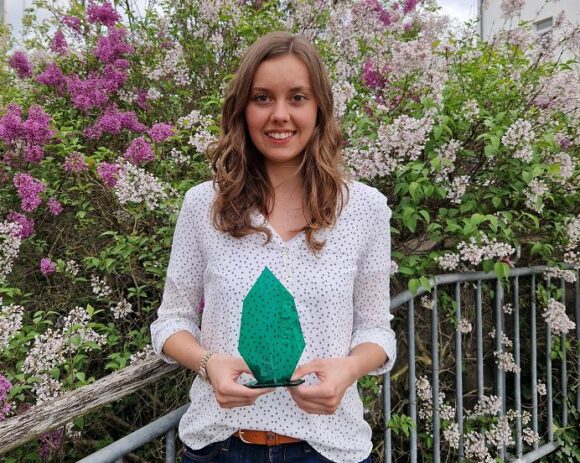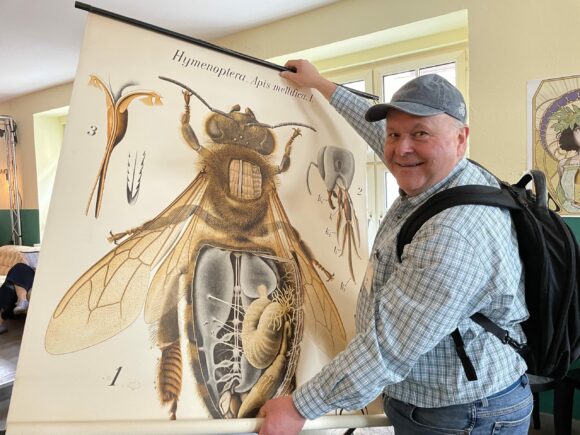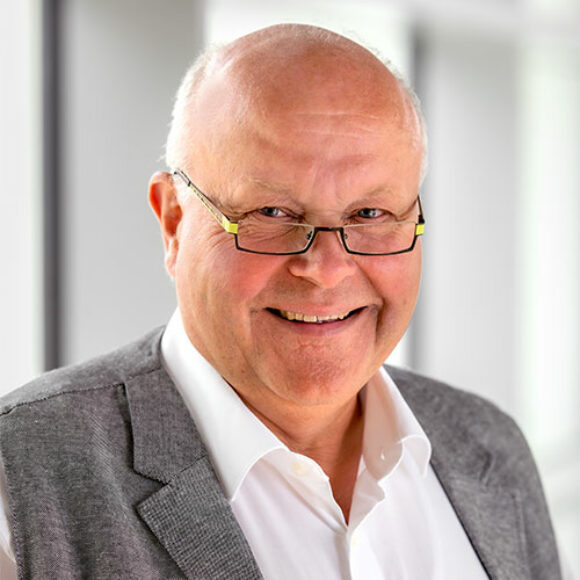In order to save greenhouse gases and natural gas, the increased use of electricity is necessary. A remarkable master’s thesis from the “Sustainable Textiles” course at Hof University of Applied Sciences is currently looking at how this problem can be solved, especially in the energy-intensive textile industry. The industry is very interested in the solution found and also hopes for time savings in the dyeing process.
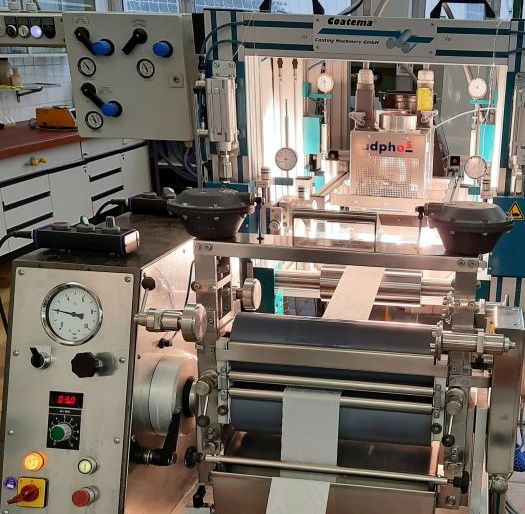
Image: Hof University of Applied Sciences;
The energy for hot air and its source is currently one of the big topics in the textile finishing industry. “Hot air is used to dry textiles and cause chemical reactions necessary for production. However, natural gas is not only very expensive due to the Ukraine war, but its combustion also releases the greenhouse gasCO2. For this reason alone, alternatives are currently being sought very intensively,” explains Prof. Dr. Michael Rauch. The scientist heads the “Sustainable Textiles” course at the university’s Münchberg site and is in charge of the textile finishing process engineering department. Just such a sought-after alternative to natural gas combustion may now have been found: “Our master’s student Andy Buobu has investigated a promising approach to solving this problem – successfully, it seems,” says the enthusiastic head of the course
Dyeing with radiation instead of hot air
Specifically, the work referred to was about how disperse dyes could be fixed to PET (polyethylene terephthalate) textiles in the future, i.e. how “dyeing” proceeded
Until now, this was done by using hot air generated from natural gas. Now it has been shown that this can also be done using what is known as aNIR radiation. This is generated with electricity.”
Prof. Dr. Michael Rauch
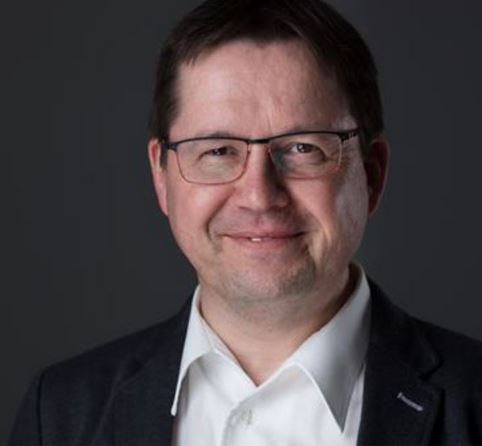
NIR emitters, which convert electrical energy into radiation, are used in part in the paper industry for drying processes. However, they have not yet been used in the textile industry. Exactly that could now change quickly:
Extensive questioning
Prof. Rauch explains in detail: “When dyeing polyester, an aqueous dye dispersion is applied in the textile industry. The dyed textile must then be dried and subsequently heated to the dyeing temperature of 195-200°C so that the dye diffuses into the fiber. Hot air has been used as the energy source for this until now.” The questions addressed in the master’s thesis therefore included the extent to which NIR emitters are suitable for dyeing in ongoing production, how much time is saved as a result, how consistent the dyeing is compared to conventional dyeing, and how different dyes behave when confronted with NIR radiation.
Significant time savings also possible
The results of the series of tests carried out in the master’s thesis are now exceptionally positive, according to the course director
First, it was possible to save natural gas and thus climate-damaging carbon dioxide, provided that electricity from regenerative sources such as hydro, wind or solar energy was used. Secondly, the dyeing time could also be significantly reduced, which opens up opportunities for increased production.”
Prof. Dr. Michael Rauch
Implementation on a larger scale is also quite conceivable, he said. NIR emitters could be incorporated into existing drying equipment, for example. The next step at the Münchberg campus of Hof University of Applied Sciences is now to procure an optimized laboratory equipment system to investigate the dyeing process in even greater depth.
Interest from industry aroused
The master’s thesis resulted from a collaboration between the company. Adphos Digital Printing GmbH (aNIR emitters), the Dystar® Group company (DyStar Colours Distribution GmbH) (dyes) and the Weitmann & Konrad GmbH & Co KG / RotaSpray GmbH company (application technology). Prof. Rauch concluded by saying that there are already many inquiries from the textile industry about the use of NIR emitters in the drying process.




